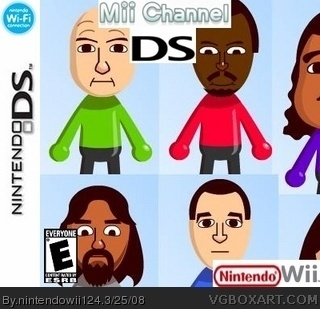

Some thought an automatic shutdown that saved game progress would have taken too much development time. "The debate over this continued for several weeks," said Aoyama. One of them, he said, was parental controls that let parents shut the system down after a certain amount of time. "Iwata presented us with a lot of unexpected demands," Aoyama continued. The team experimented with having separate user accounts for each member of the family, but decided that having people enter passwords for their Wii accounts, compared to PC." Reducing the start-up time of the news and weather channels, Aoyama said, was thus a critical task - reducing display time by a few milliseconds here and there.

We decided to create a stress-free experience. "When we considered adding the weather, news, and web browsing features, we had to contend with the fact that most people could already do those things with PCs. Aoyama said they first tried to work on a full on-screen keyboard, "the Animal Crossing system", among other things. They began the project by working on some text input methods using the Wii remote. "Mister Iwata attended when he could," Aoyama said. This was the 2005 company-wide project, called "Console Feature Realization Project." "We tried to get people of varying expertise and specialization," Aoyama said - people who could come up with new ideas, and people who were experienced at communicating with Nintendo's technology partners. The two development concepts that Nintendo had in mind for WIi in general were "fun for the entire family" and "something new every day." In line with this second ambition, Aoyama said that the WIi hardware team was looking into the idea of leaving the hardware running 24 hours a day by reducing power consumption.īut, Aoyama said, they had yet to start thinking about what exactly they would be sending over the Wii's always-on internet connection to entertain people every day. In 2005, once development had begun on Wii, Aoyama was made a team leader on a company-wide project: the Wii Menu.


 0 kommentar(er)
0 kommentar(er)
